The Art, Science, and Craft of Great Landscape Photography, 2nd Edition teaches photographers how to convert their visual peak experiences—moments of extraordinary natural beauty that evoke a sense of wonder and awe—into stunning images that elicit the same awestruck emotion in their viewers. Author Glenn Randall is an experienced wilderness...
Read More
The Art, Science, and Craft of Great Landscape Photography, 2nd Edition teaches photographers how to convert their visual peak experiences—moments of extraordinary natural beauty that evoke a sense of wonder and awe—into stunning images that elicit the same awestruck emotion in their viewers. Author Glenn Randall is an experienced wilderness photographer, and whether you want to venture into the mountains for once-in-a-lifetime shots of raw nature, or simply hone your landscape photography skills from the safety of your back deck, Randall explains the art, science and craft behind creating stunning landscape photographs.
This fully updated edition of the best-selling first edition includes nearly all new imagery throughout the book, as well as a new first chapter, “Photographic Essentials,” to help beginners to landscape photography get up to speed quickly. Additionally, this second edition takes into account how Randall’s techniques have changed and evolved since the first edition published—from photographic practices to how he uses smart phones and apps as important and powerful tools for landscape photography.
After discussing photographic essentials, Randall focuses on the art of landscape photography. He describes his three-step process for composing a photograph and shows how good composition is an organic process that begins with rules but ultimately transcends them. Randall then explores the science behind successful landscape photographs, which requires understanding key concepts from geography, optics, vision, and psychology. These concepts include:
• How the position of the sun at sunrise and sunset varies throughout the year. This will help you plan when and where to shoot.
• Using optics to predict where rainbows will appear, how polarizers will interact with reflections, and where to find spectacular light.
• How to use topographic maps and computerized mapping tools to help you find promising shooting locations in the wilderness.
• Calculating exposures, achieving correct exposure in high-contrast lighting situations, and the best digital darkroom techniques.
With some practice and by applying the techniques that Randall teaches you, you will soon be ready to master the finer nuances of creating magnificent landscape photographs.
TABLE OF CONTENTS
Introduction
Chapter 1: Photographic Essentials
Chapter 2: Landscape Photography Looks So Easy
Chapter 3: In Search of Extraordinary Landscapes
Chapter 4: Visualization
Chapter 5: The Art and Science of Light
Chapter 6: The Art and Science of Composing Compelling Images
Chapter 7: The Perfect Exposure
Chapter 8: Digital Capture and Processing of High-Contrast Scenes
Chapter 9: Take a Walk on the Wide Side
Chapter 10: The Landscape at Night
Chapter 11: The Psychology of the Compelling Landscape
Index
Read Less

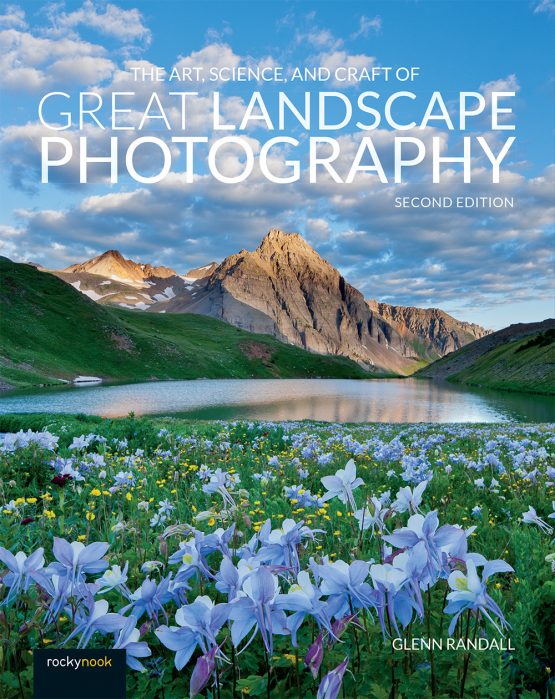
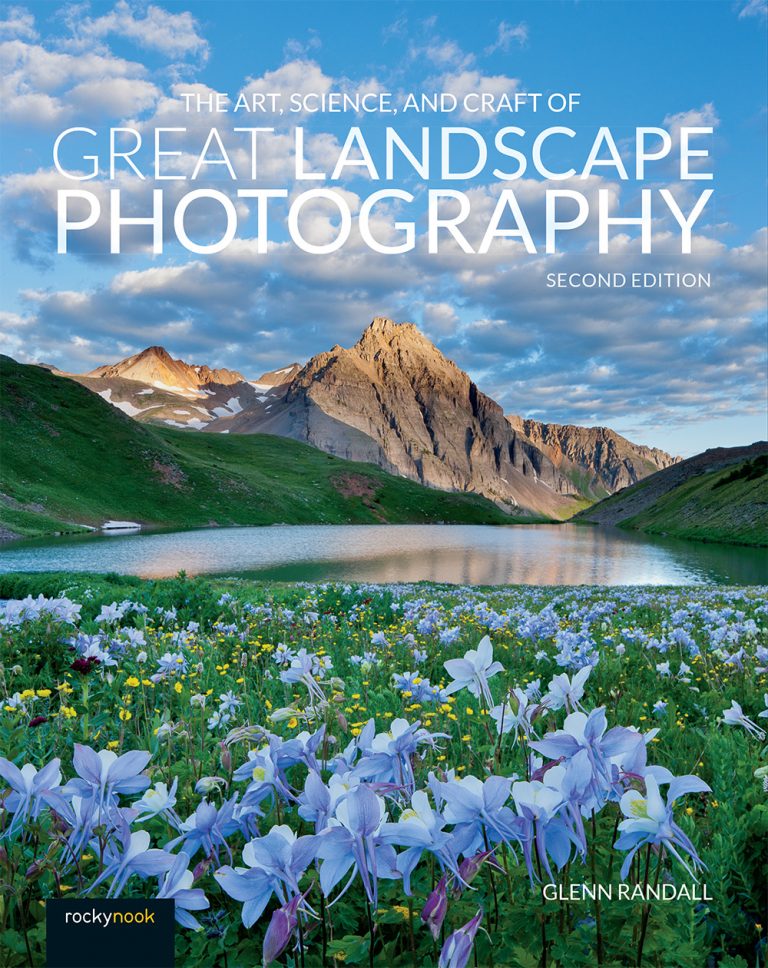
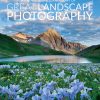

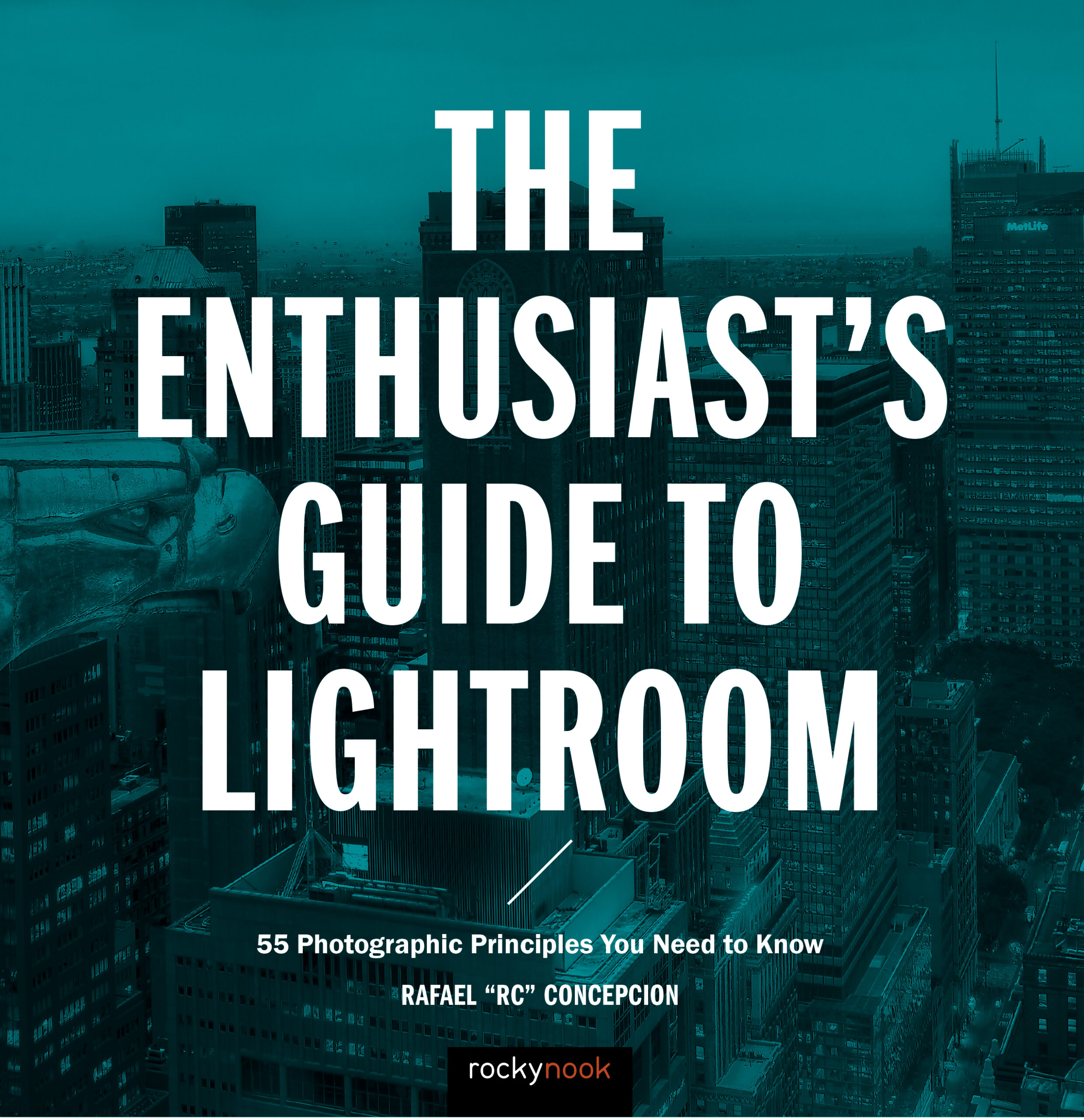
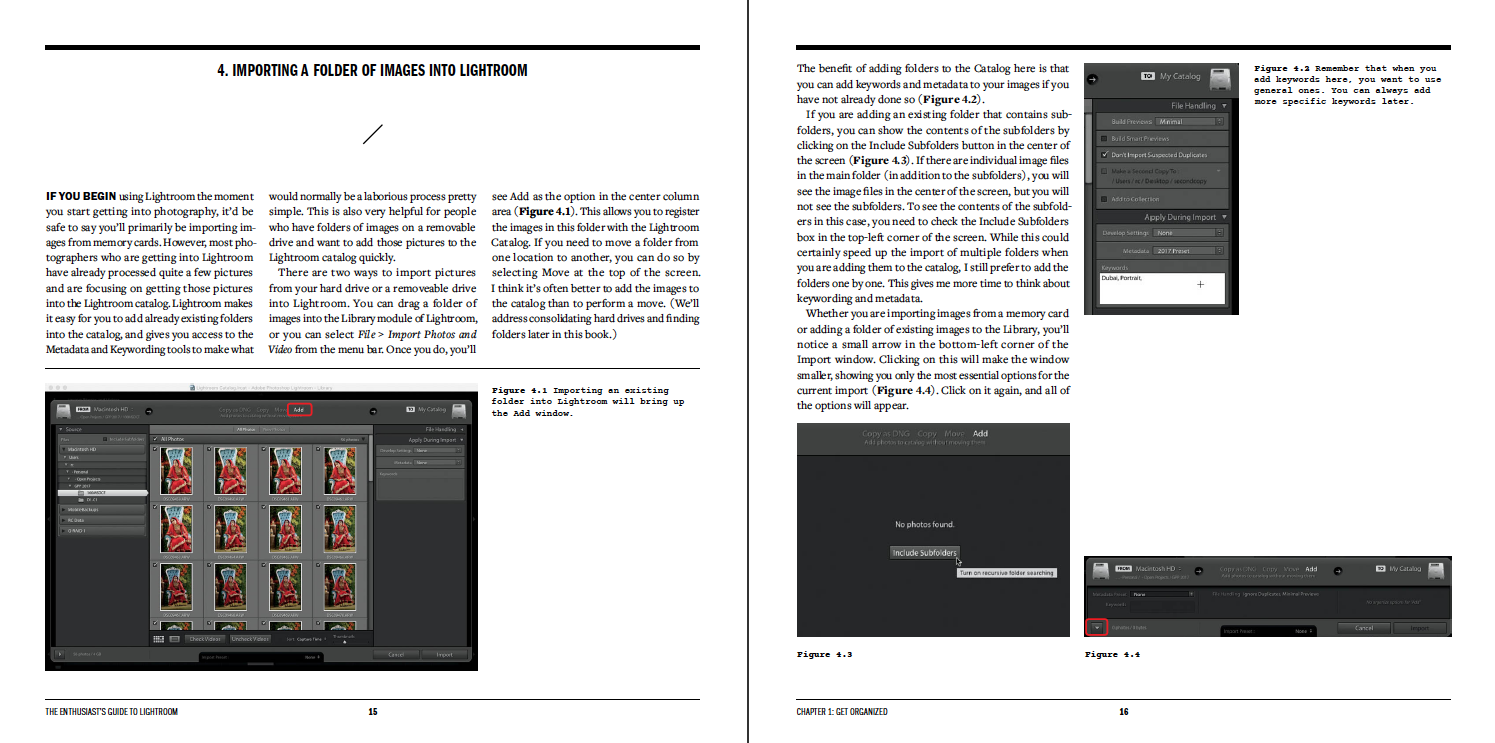
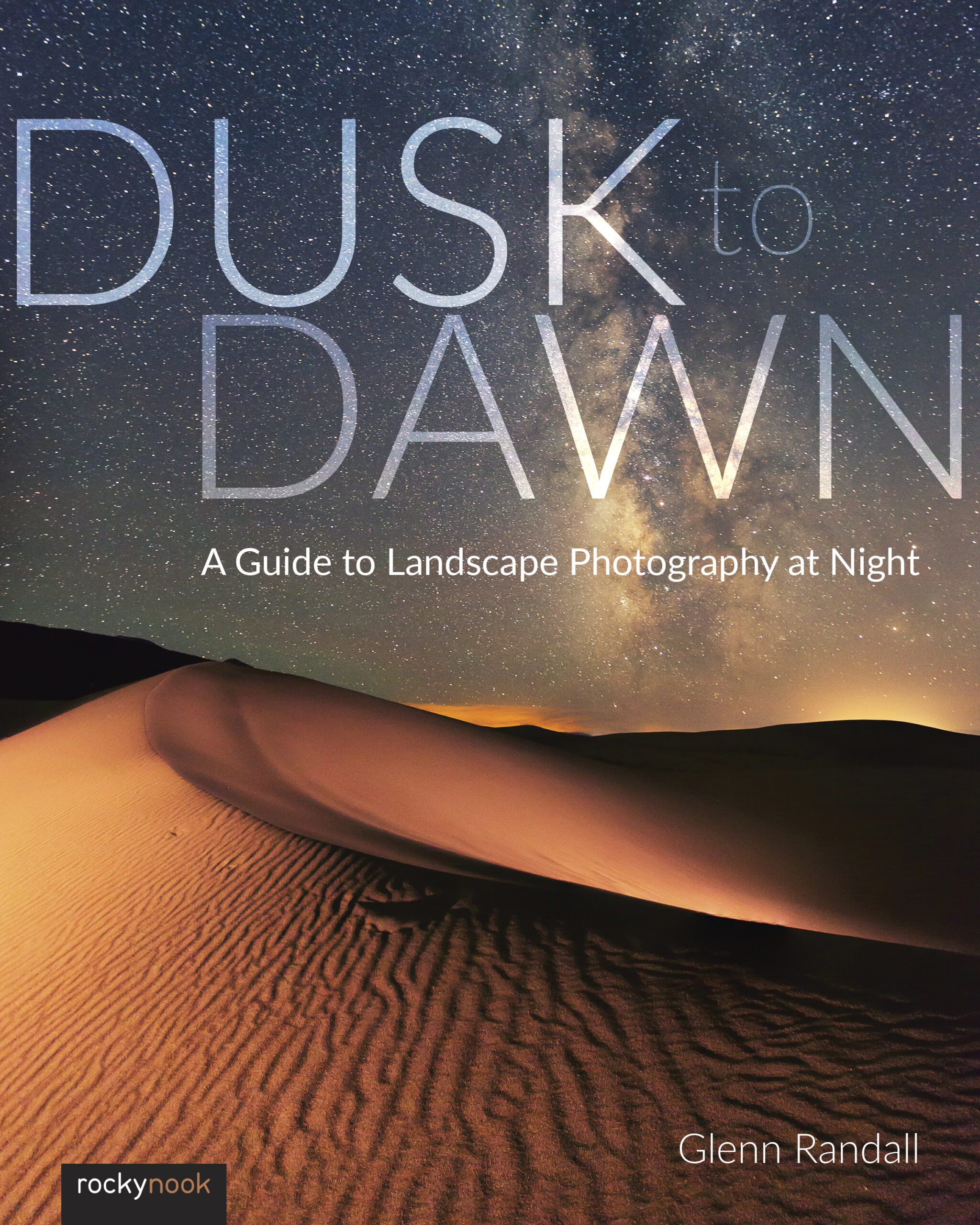




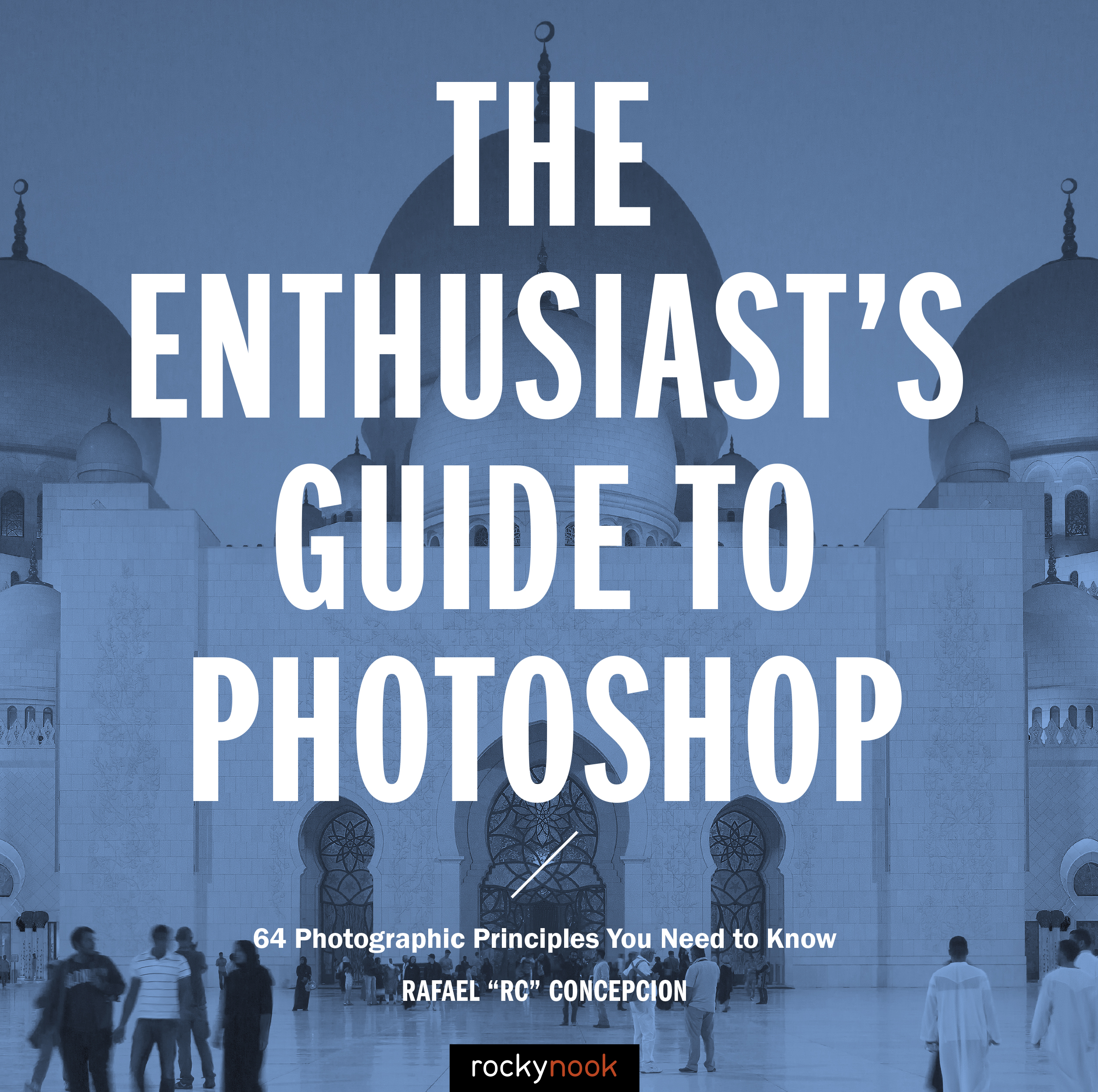

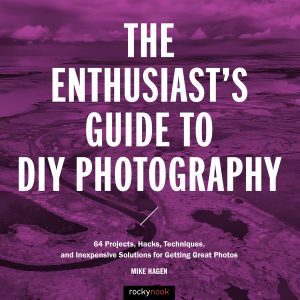
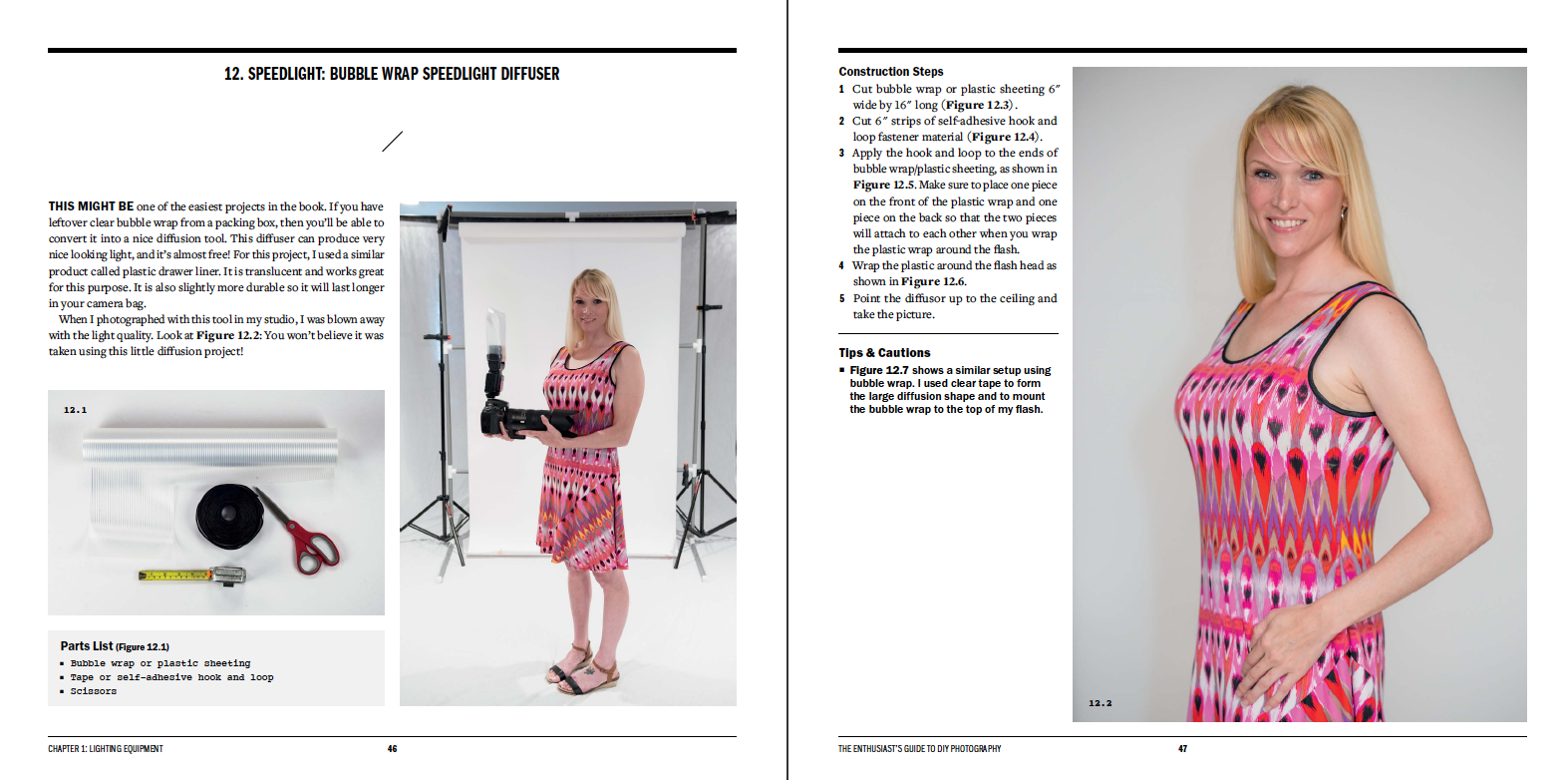
vartkes (verified owner)
I bought the first edition and enjoyed and learnt a great deal from the book. I had followed Glenn’s work in the Outdoor Photographer magazine over the years. I think this second edition is full of new material and has retained the readability of the book from the first edition. The content is not restricted to those interested in shooting the grand vistas of the Rockies. Approaches to planning a shoot, from the light conditions to points of view to visualizing the composition are useful in any outdoor situation. The discipline of planning is even applicable beyond the outdoors.
I no longer buy physical books even though I think there is no substitute experience that equals holding a book, since I have no more room on the shelves. Rocky Nook prices their ebooks fairly. So now I buy ebooks and read them on a large monitor . my tablet or the laptop.
hmiles1672 (verified owner)
This book is rich in both technical detail and fascinating insights into the practice of landscape photography. I find I am reading and re-reading it, and each time discovering new ideas, new knowledge and new skills to apply. The book’s written in a highly accessible style, with metaphors and anecdotes that bring the info alive. I have been fascinated by the description of light and how it plays out in the landscape, helping to make sense of what I’ve seen and photographed. The section on composition was also practical yet illuminating. With the knowledge in this book, I have the opportuity to be more systematic in what I do and potentially more consistent in the images I capture. I strongly recommend this book and thank the author for his generosity in sharing 20 year’s of learning and experience.
Gloria
This is one of the more intriguing and useful photography books I have read. I already have noted chapters I intend to re-read right away so that I can absorb the information there. A great book for anyone’s photography library. Scanning the table of contents, I first noticed that he has a chapter on the landscape at night and even the psychology of a compelling landscape. I love an author that piques my interest and carries through with new ways of looking at photography.
Randall does an excellent job of explaining exposure modes, autofocus modes, and drive modes. I haven’t seen many photography books that cover these critical topics in such a helpful way. Interesting point for me here is that the author recommends back button focus for landscape photography when I had believed it was most useful only in wild life photography. Always something new to learn :-).
I appreciated Randles section on shooting so that you have less clutter. Although I pay attention to this issue when I’m shooting portraits of a bird, I had not really thought of it in connection with landscape photography.
I also like his admonition to scout for density of flowers rather than breadth.
In one of the earlier sections of the book Randall mentions that he uses detailed topographic maps to help him visualize what he wants to shoot when he gets there. I don’t think I would ever have thought of that on my own.
The author devotes quite a bit of time to shooting rainbows which I think is brilliant. He suggest using a polarizer which I have not heard before. That’s something I mean to try. His information on the histogram and various strategies for exposing using the histogram is not only very useful but uniquely set out. For example, he has a Rembrandt strategy for high contrast scenes!
I enjoyed his chapter entitled “Take a walk on the wild side“ :-). I always appreciate creative writing. In that chapter the author talks about single role and multiple row panoramas; the information there I will be re-reading as soon as I get the opportunity.
His final chapter was fascinating to me because it discussed how professional photographers must anticipate the psychology of potential viewers of their artwork if they want to make a living! The author even ran focus groups on his own work to see which images people seemed to prefer. He goes on to discuss, quite interestingly, unconscious preferences, evolutionary reasons for preferences, etc. He reports that research shows that there is a greater degree than we would think of uniformity around the world regarding the kinds of images people like.
Randall writes in an absorbing fashion, and covers all the topics you’d want plus some. A worthwhile read for sure.
llp41astro (verified owner)
I have the first edition of Glenn’s book and thought it one of the best written on the subject. The second edition is even better with additional helpful subjects. He has updated all of the photos and added 74 pages. Even owners of the first edition will benefit from acquiring the 2nd edition.
Peter (verified owner)
If only Glenn could provide us hobbyists with the time, equipment and talent. A gorgeous book that not only teaches but inspires us to get out there with a bit more confidence than we had before.
Steve (verified owner)
I found Glenn Randall’s Book on Landscape Photography to be a comprehensive and understandable instructional text. His photographs are both beautiful and demonstrative of his content. I highly recommend the book for beginning photographers as well as more advanced individuals.
Giovanni Maurizi (verified owner)
I knew The Glenn Randall’s work due to the pages of the magazine Outdoor Photographer. I like his photos and how he writes.
I bought so many books about this topic, but this one is among the best I’ve read.
The book is exactly how I expected: wonderful and well written.
Also the print quality is very high.
Bravo!
jefforns
I just finished reading and ‘margin noting’ the latest edition of Mr. Randall’s amazing book. I have learned so much from this book in addition to what I learned and used from the first edition.
The book is very technical, yet very easy to understand and offers a lot of great info for landscape photographers. I was especially interest in the chapters on night photography and panorama landscapes. I intend to take this volume into the field with me for great reference and tips on how to set up. I only dream of being like the author.
otmar.hrazdil (verified owner)
Recently I have purchased the 2nd edition of this publication and I am excited. There are many books focused on landscape photography, but this one can be considered as a super with a clear conscience. It also has warmed my photographer’s heart that the author focused landscape photography on mountain and nature photography, which is just my cup of tea. To be able to effectively transfer knowledge and experience, it is not enough to be just a good photographer, but it also is needed to master the teaching profession, and Glenn Randall indisputably can do that.
The graphic design will undoubtedly contribute to the success of this publication. In other words, Rocky Nook publisher had a happy hand again.
Otmar
10/05/2021